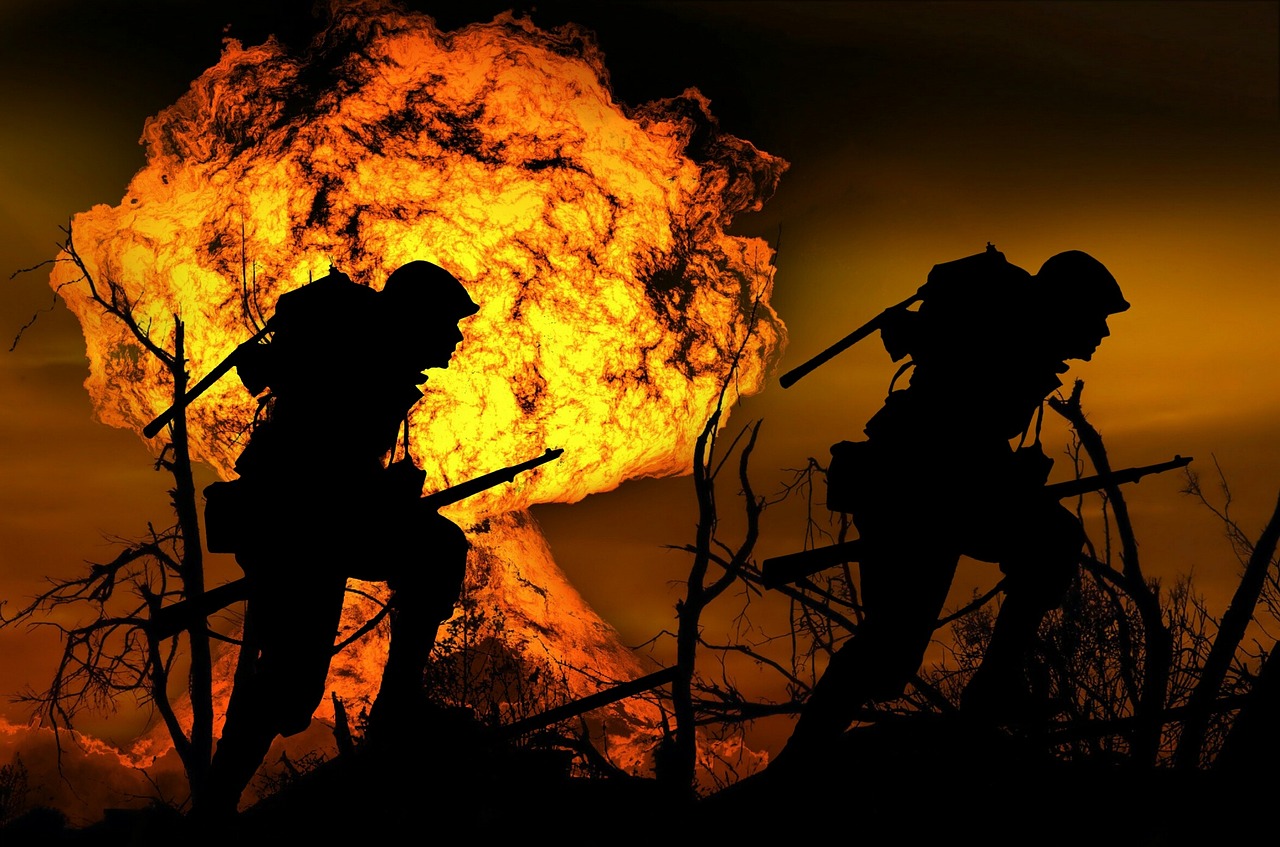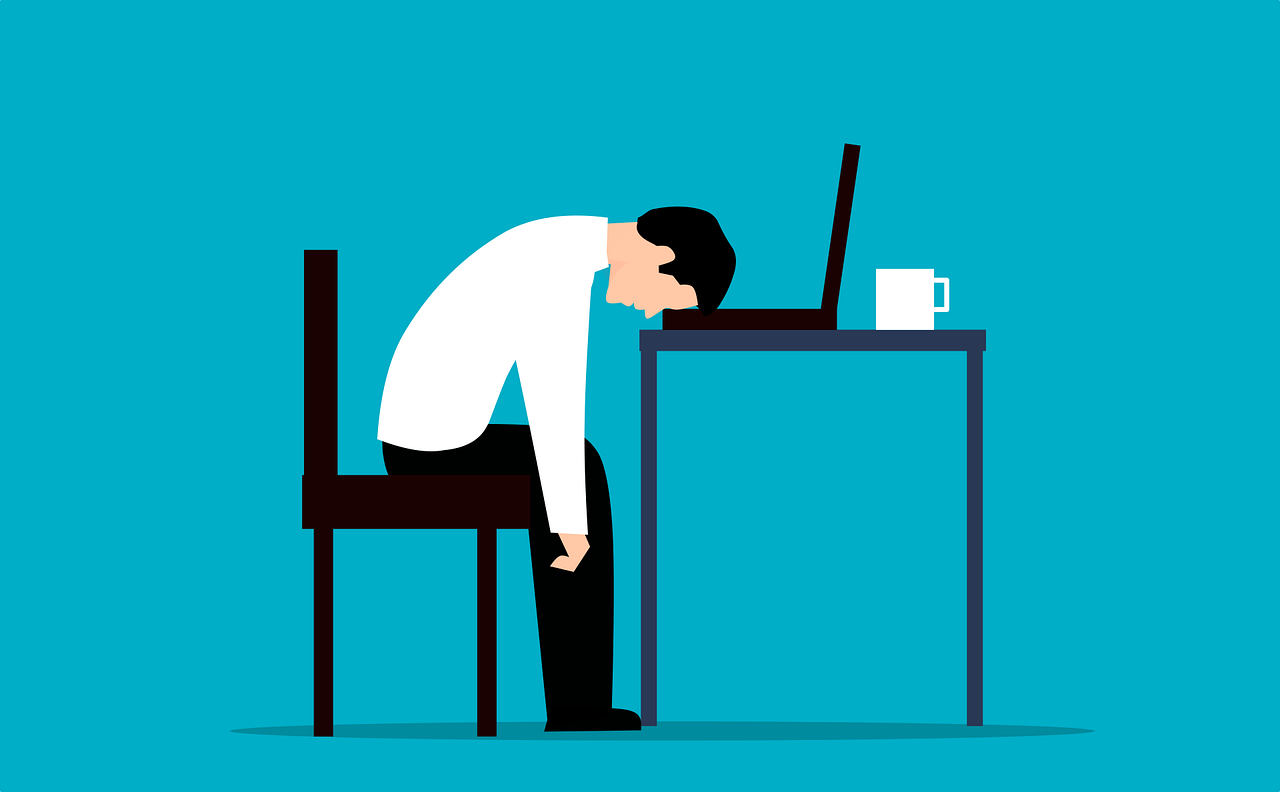Understanding the Importance of Emergency Preparedness: Safeguarding Your Family and Home
In today’s unpredictable world, it is crucial to prioritize emergency preparedness to safeguard your family and home. Natural disasters, such as hurricanes, earthquakes, and floods, can strike at any moment, leaving families vulnerable and unprepared. According to the Federal Emergency Management Agency (FEMA), only 39% of Americans have developed an emergency plan for their household. This statistic highlights the urgent need for individuals to understand the importance of emergency preparedness.
Emergency preparedness is not just about having a plan in place; it is about ensuring the safety and well-being of your loved ones during times of crisis. By taking the time to create an emergency preparedness plan, you can minimize the risks and potential damages that emergencies can bring. It allows you to be proactive rather than reactive, giving you a sense of control and confidence in the face of adversity.
Essential Steps to Create an Emergency Preparedness Plan for Your Family
Creating an emergency preparedness plan for your family is a vital step in safeguarding your loved ones and your home. Start by identifying potential risks in your area, such as natural disasters or man-made emergencies. Research local emergency management agencies and familiarize yourself with their recommendations and resources. This will help you understand the specific risks you may face and the appropriate actions to take.
Next, establish a communication plan. Designate a family meeting place in case you are separated during an emergency, and ensure everyone knows how to contact each other. It is also essential to have an out-of-state contact person who can serve as a central point of communication for your family.
Additionally, create an emergency kit that includes essential supplies such as non-perishable food, water, medications, flashlights, batteries, and a first aid kit. Customize your kit based on the specific needs of your family, including any special requirements for infants, elderly family members, or pets.
Lastly, practice your emergency plan regularly. Conduct drills to ensure that everyone knows what to do in different scenarios. This will help reduce panic and increase the effectiveness of your plan during an actual emergency.
Stocking Up: Building an Emergency Supply Kit for Your Home
Building an emergency supply kit is a crucial aspect of emergency preparedness. It ensures that you have the necessary resources to sustain your family during an emergency situation. The American Red Cross recommends having at least a three-day supply of food and water for each family member.
When stocking up on food, choose non-perishable items that require little to no preparation. Canned goods, granola bars, and dried fruits are excellent options. Don’t forget to include a manual can opener in your kit. As for water, aim for one gallon per person per day. Store water in clean, airtight containers and replace it every six months.
In addition to food and water, your emergency supply kit should include essential items such as a battery-powered or hand-crank radio, extra batteries, a flashlight, a first aid kit, and any necessary medications. It is also wise to have a supply of cash, important documents, and a portable phone charger.
Remember to periodically check and update your emergency supply kit. Replace expired food and medications, update contact information, and ensure that all items are in working order. By maintaining a well-stocked emergency supply kit, you can be better prepared to face any unforeseen circumstances.
Staying Safe: Tips and Strategies for Protecting Your Family During Emergencies
During emergencies, it is crucial to prioritize the safety of your family. By following a few key tips and strategies, you can ensure their well-being and minimize potential risks.
First and foremost, stay informed. Monitor local news and weather updates to stay abreast of any potential emergencies in your area. Sign up for emergency alerts and notifications from local authorities to receive real-time information.
In the event of an emergency, it is essential to have a designated safe space within your home. This area should be away from windows and doors and preferably on the ground floor. Prepare this space with emergency supplies, including a battery-powered radio, blankets, and a first aid kit.
Teach your family members basic first aid and CPR techniques. These skills can be invaluable during emergencies when professional help may be delayed or unavailable. Consider enrolling in a first aid and CPR course offered by organizations such as the American Red Cross.
Lastly, establish a network of neighbors and friends who can support each other during emergencies. This can include sharing resources, checking on each other’s well-being, and offering assistance when needed. Building a strong community network can provide a sense of security and resilience during challenging times.
In conclusion, emergency preparedness is a critical aspect of safeguarding your family and home. By understanding the importance of emergency preparedness, creating a comprehensive plan, building an emergency supply kit, and implementing safety strategies, you can ensure the well-being of your loved ones during times of crisis. Remember, being prepared is not just about having a plan; it is about empowering yourself and your family to face any emergency with confidence and resilience.




